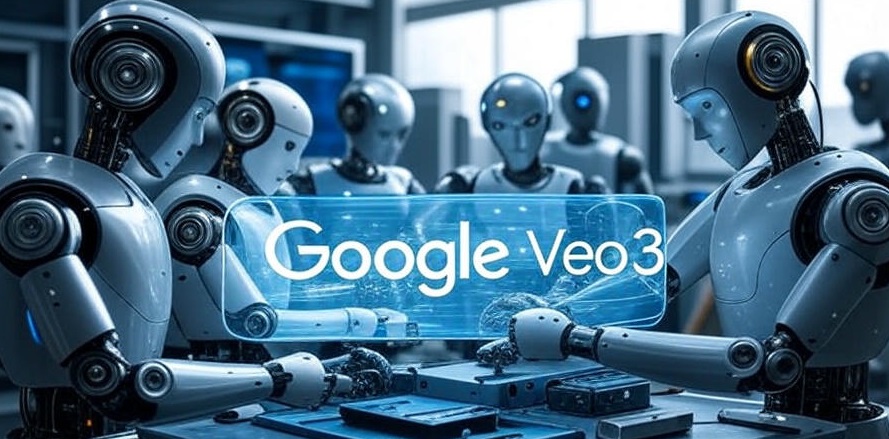
Veo 3: A Powerful Leap in AI Video Generation
Google DeepMind’s Veo 3 sets a new benchmark for AI-generated video, producing highly realistic footage from text prompts with unmatched scene control and fluid motion synthesis.
Competing with OpenAI’s Sora
The launch positions Google against OpenAI’s Sora, as both companies race to dominate generative video AI—a field poised to revolutionize entertainment, education, and marketing.
Deepfakes Enter the Conversation
Experts warn that Veo 3’s powerful generative abilities could fuel a new wave of deepfakes, undermining trust in video evidence and exacerbating disinformation campaigns.
Realistic Manipulation at Scale
Unlike earlier crude deepfakes, Veo 3 can generate photorealistic people, speech synchronization, and complex environments that are increasingly indistinguishable from authentic footage.
Ethical Dilemmas for Policymakers
Governments and regulators face growing pressure to develop legal frameworks addressing AI-generated content authenticity, transparency, and accountability.
DeepMind Acknowledges the Risks
Google DeepMind emphasizes its internal safety measures, watermarking technologies, and restricted access policies to minimize misuse while advancing research.
Global Scientific Debate
Scholars argue both sides: while praising technological breakthroughs, many highlight dangers for democracy, journalism, and public trust in visual media.
Education on Media Literacy Becomes Crucial
Experts stress the need for widespread media literacy programs to help individuals recognize synthetic content and evaluate online information critically.
Conclusion: Veo 3 — Innovation Wrapped in Complexity
Google Veo 3 represents both a technological triumph and a societal challenge, underscoring the urgent need for responsible AI development and vigilant governance.
